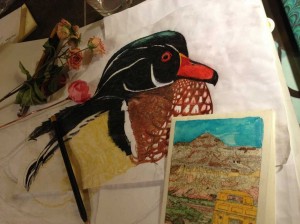
Last July, I talked about how I’ve been doing more crafting and incorporated hand-drawing into my digital and commercial work. I continue to develop these skills; if for no other reason, than that my creativity needs the outlet.
The problem for me with personal projects like these is motivation. A spark of creativity may flare up for a week or so; but if the work is not completed by the time the fire dies down, the project goes back on the shelf until the passion burns again. Sometimes they are never completed at all. On occasion, it might even be torn apart and sacrificed as a component for the next greatest thing.
Along these lines of art for art’s sake and feeding creativity, I participated in a pottery workshop with Gregory Wood at Chimney Rock National Monument last August. I stumbled across info about the workshop on Chimney Rock’s website and thought it would be a good motivator to visit this culturally rich landmark that is only about 10 miles from my home. I am so glad that I did.
If you have any interest in Ancient Puebloan (Anasazi) culture or pottery, you must attend one of Greg’s workshops. There is so much to learn! He can be found on the web here at http://ancientarts.org/
Our workshop at Chimney Rock was only three days long, but for over 20 years, Greg has offered week-long or longer courses at various sites, where each step and component of the process can be explored in further detail. Even though it felt a little rushed, the three day workshop worked well for my schedule. Here’s a brief summary of some of the things we learned and did:
Day 1 – After general introductions (I met a lot of very interesting and friendly people from a lot of different places), we jumped into talking about and grinding clay. Constructing our pottery took most of the rest of the day. We finished by painting a slip of creamy clay wash over the outside of our vessels, and burnished (polished) them with a smooth stone.
Day 2 – The next day started with a discussion of traditional designs, making paintbrushes and applying a sticky paint made from the bee plant. We excavated the kiln and screened the dirt for the leftover charcoal. Decorating our vessels filled the rest of the day, and we even took a field trip to paint next to the Great Kiva.
Day 3 – The last day, I finally had time to take some photos. As the students arrived, they placed their pieces next to the fire to pre-heat. It was quite the gathering, and quite the fire! There were long periods of waiting during the firing process, and most of us took a guided tour during the afternoon. When we returned, it was time to unearth our work. There were a few vessels that had popped when placed into the fire, but everyone’s were still intact. The final products were beautiful.
Another creative love of mine is food, and I’ve been working with sourdough for the last year or so. Because of my interest in bread making, I bought a book about building an earth oven that has sat on my shelf for a few years. Adobe is another similar, but unfired, medium that I have thought about using as a decorative element in my garden. The knowledge I gained at this workshop gave me the confidence to move forward with these other ideas. I’ve started investigating the clay around my property and with the warmer weather, will start harvesting, preparing and playing in the mud.
I am also intrigued by the culture of the Native Americans who have and still do call this area home. We have a wide array of tribes in the area including various Pueblo, Navajo, Ute, and Apache Nations. There are also a lot more National Monuments, Parks and places to visit nearby. For one of our next trips, I wanted to visit Chaco Canyon, which we did in November. I’ll share more about that trip soon.
The more I learn about history, the more I realize who came before me. How different were they from me? How much the same? The more knowledge I gain, the more I worry over how much we have lost. Participating in this workshop was just one way for me to connect with one of these ancient arts.
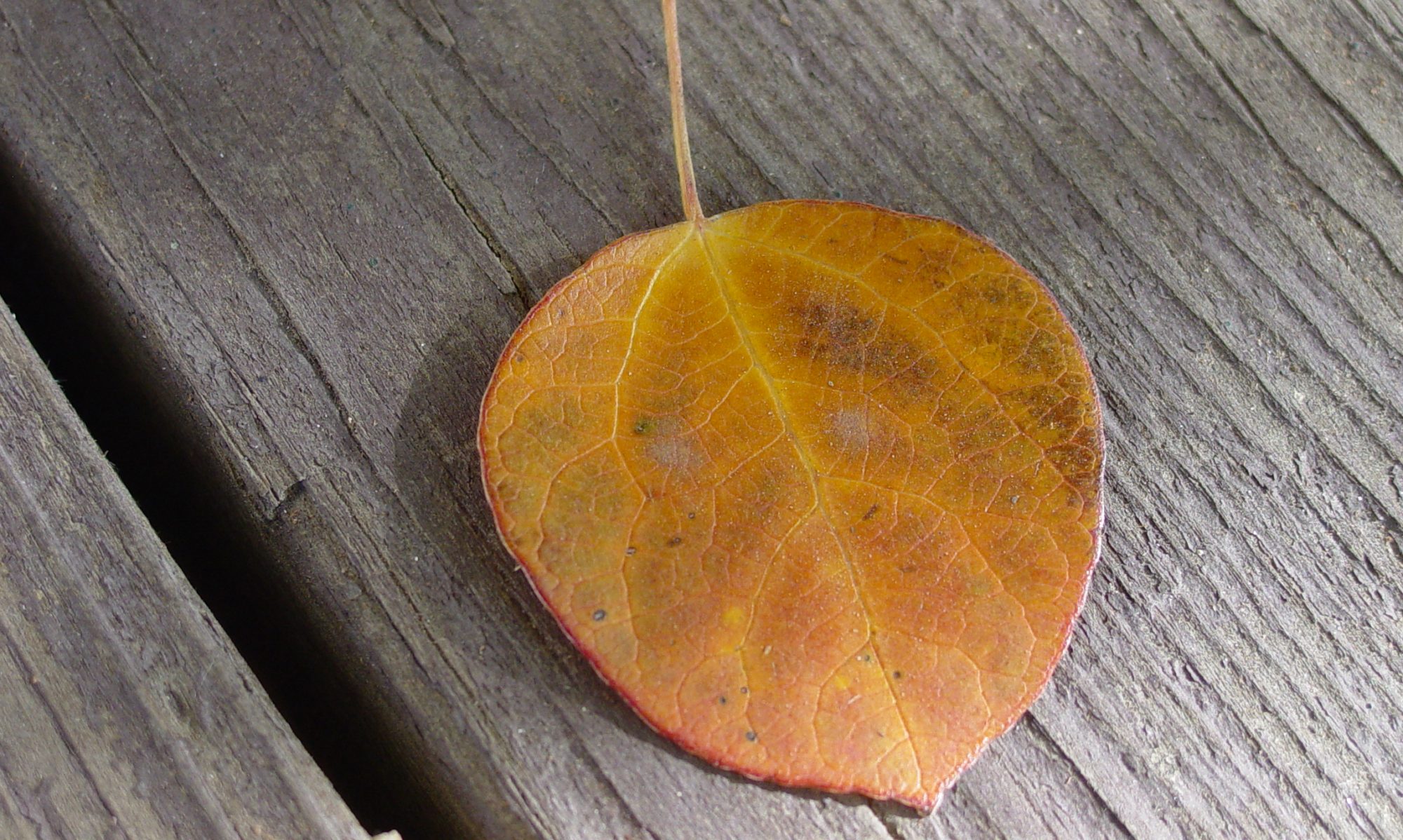

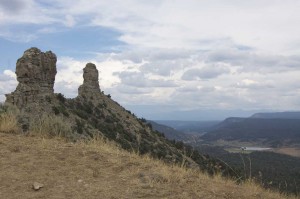
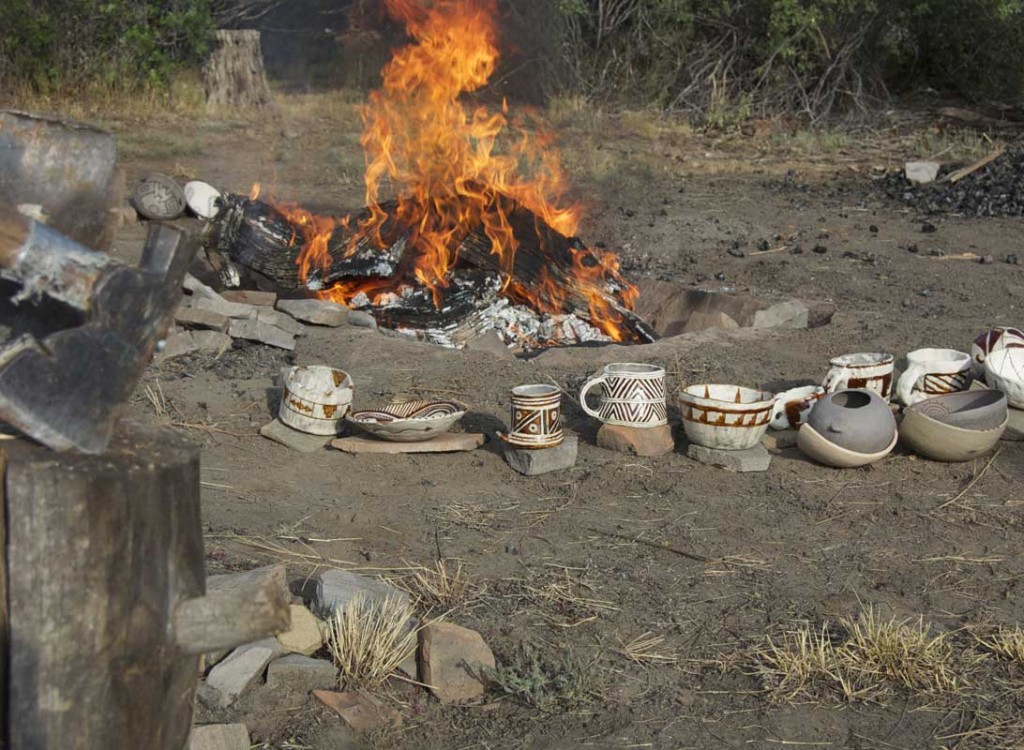


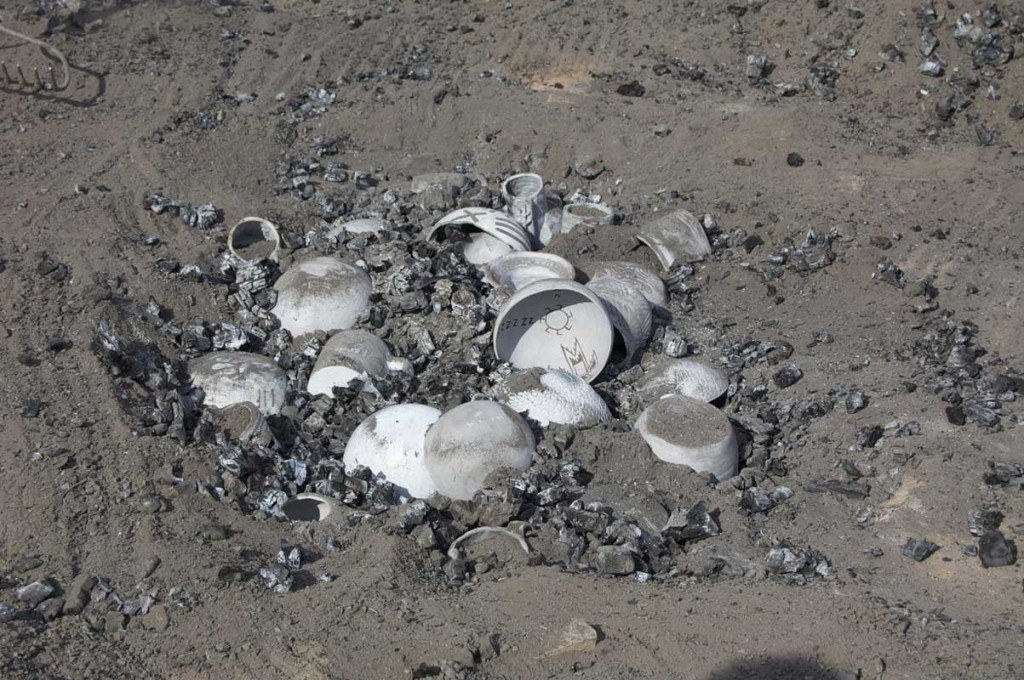
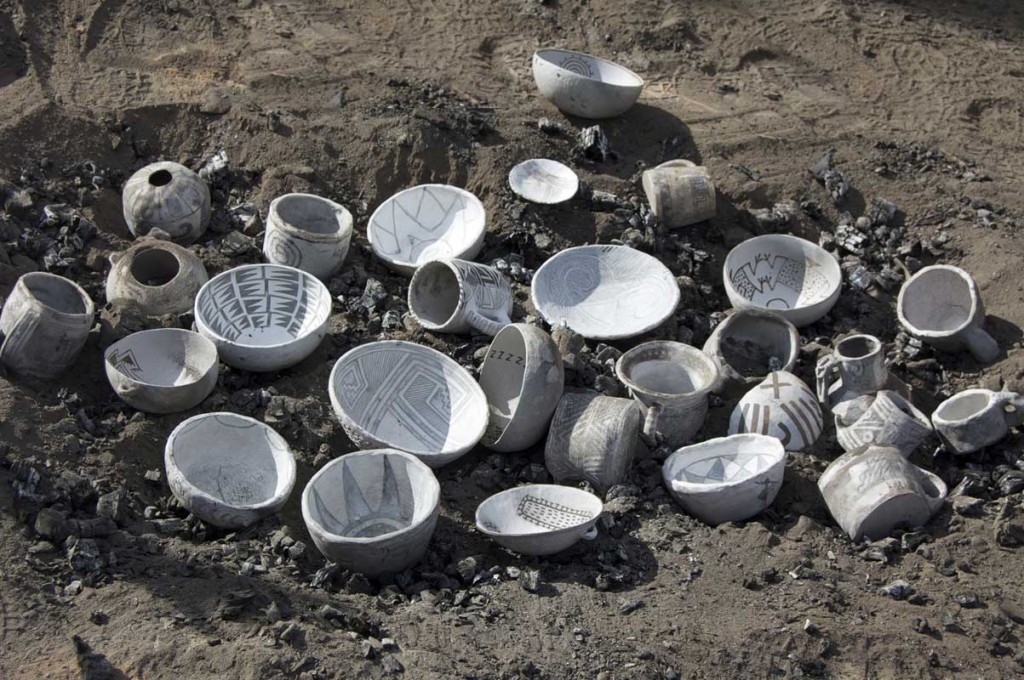
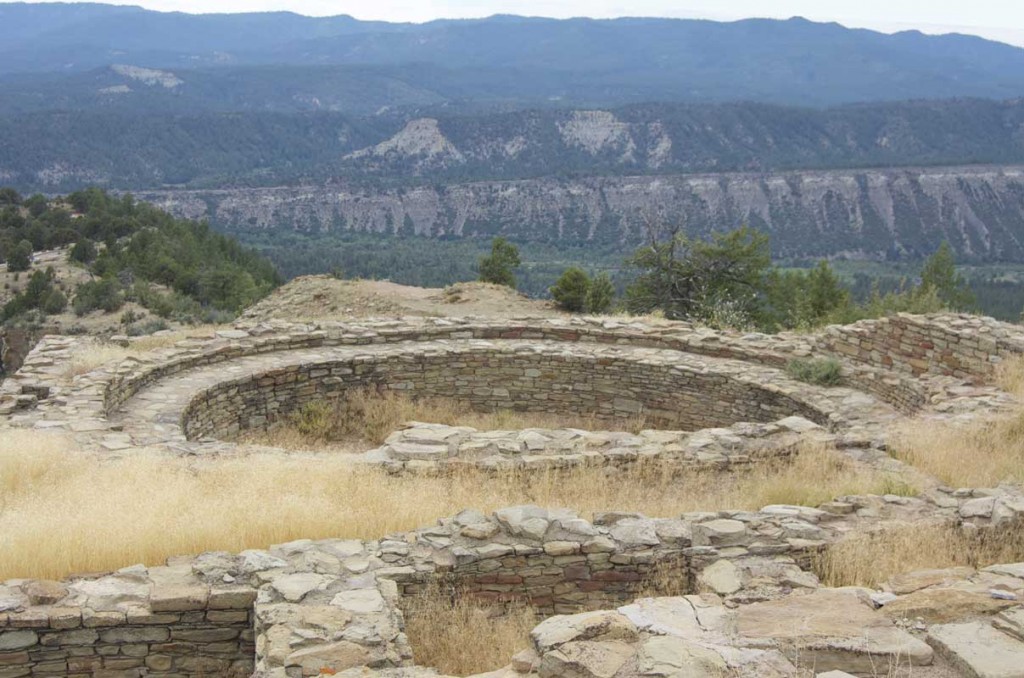
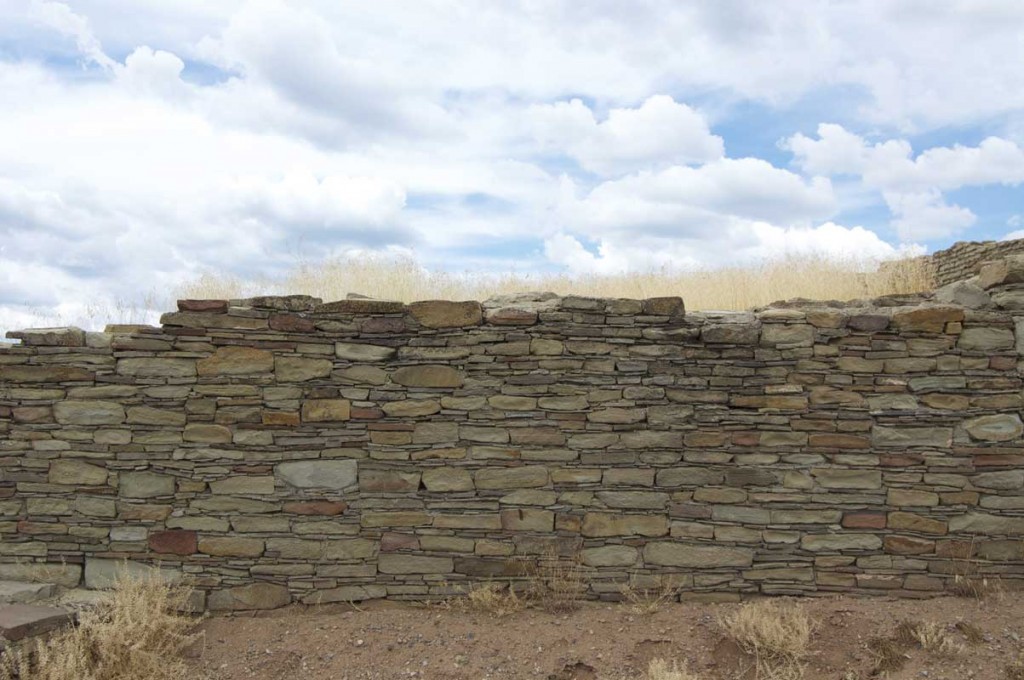

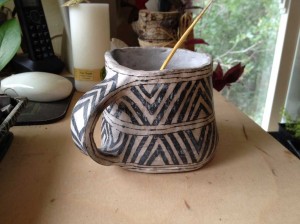
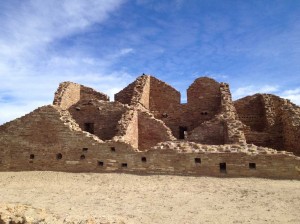
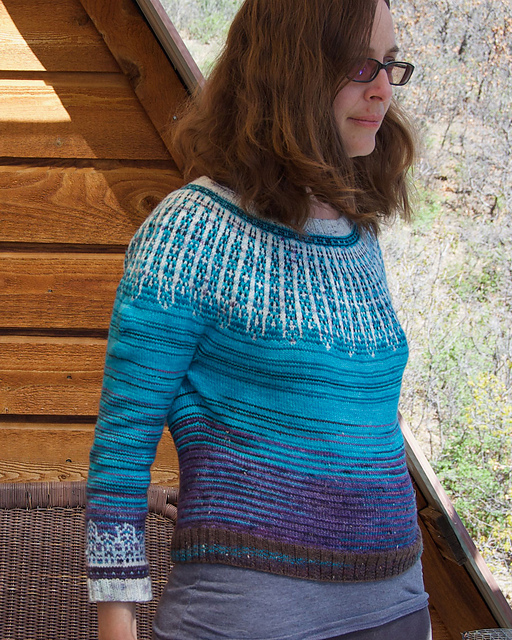
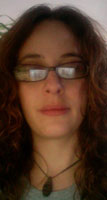
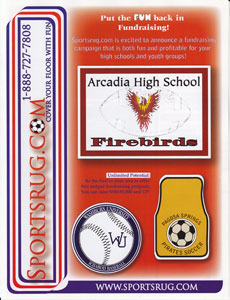 After moving to Pagosa in July 2001, I quickly realized I would not be able to complete the tasks ahead of me alone. Sportsrug.com also needed manpower for production, accounting, shipping/receiving, etc. The company created designs (mostly collegiate) and printed them using sublimation ink and a heat transfer process. They were then shipped to schools and sporting good stores all over the country. My husband was still looking for work when we approached the owner to see if he would hire him as well. Together we operated the company for about nine months. During that time, I almost exclusively used Adobe Illustrator on a Windows platform. I learned a lot about creating vector graphics and printing–not to mention business in general. Trying to hit specific collegiate colors (like Florida Gator Orange) on a four color printer required a lot of research and the investment in a new printer. In 2002, the owner decided to turn his full attention to the rug company and would like to have his family run it. We were given a month with pay to find new work.
After moving to Pagosa in July 2001, I quickly realized I would not be able to complete the tasks ahead of me alone. Sportsrug.com also needed manpower for production, accounting, shipping/receiving, etc. The company created designs (mostly collegiate) and printed them using sublimation ink and a heat transfer process. They were then shipped to schools and sporting good stores all over the country. My husband was still looking for work when we approached the owner to see if he would hire him as well. Together we operated the company for about nine months. During that time, I almost exclusively used Adobe Illustrator on a Windows platform. I learned a lot about creating vector graphics and printing–not to mention business in general. Trying to hit specific collegiate colors (like Florida Gator Orange) on a four color printer required a lot of research and the investment in a new printer. In 2002, the owner decided to turn his full attention to the rug company and would like to have his family run it. We were given a month with pay to find new work.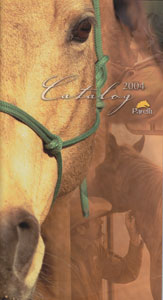 I worked for Parelli for five years and was exposed to nearly every medium: newspaper & magazine advertising (nationally & internationally), catalogs, mailers, emails, web design, packaging, logo design, calendars, banners, etc. We had the newest software and the best Mac’s available. I believe my creativity and artistic skills also expanded with the vast amount of projects. By the time I left the company in 2007, I was the Senior Graphic Designer responsible for representing the Graphics Department (2-3 additional Designers) in the management team which included brainstorming and implementation of marketing strategies and corporate policies. As a project manager, I was also a liaison between the designers and printing vendors. Our team won the 2005 Western English Trade Association’s Bronze AIM Award for a National advertisement that we nicknamed the ‘sticky note ad.’ To learn more about my design work at Parelli, read the next post ‘
I worked for Parelli for five years and was exposed to nearly every medium: newspaper & magazine advertising (nationally & internationally), catalogs, mailers, emails, web design, packaging, logo design, calendars, banners, etc. We had the newest software and the best Mac’s available. I believe my creativity and artistic skills also expanded with the vast amount of projects. By the time I left the company in 2007, I was the Senior Graphic Designer responsible for representing the Graphics Department (2-3 additional Designers) in the management team which included brainstorming and implementation of marketing strategies and corporate policies. As a project manager, I was also a liaison between the designers and printing vendors. Our team won the 2005 Western English Trade Association’s Bronze AIM Award for a National advertisement that we nicknamed the ‘sticky note ad.’ To learn more about my design work at Parelli, read the next post ‘